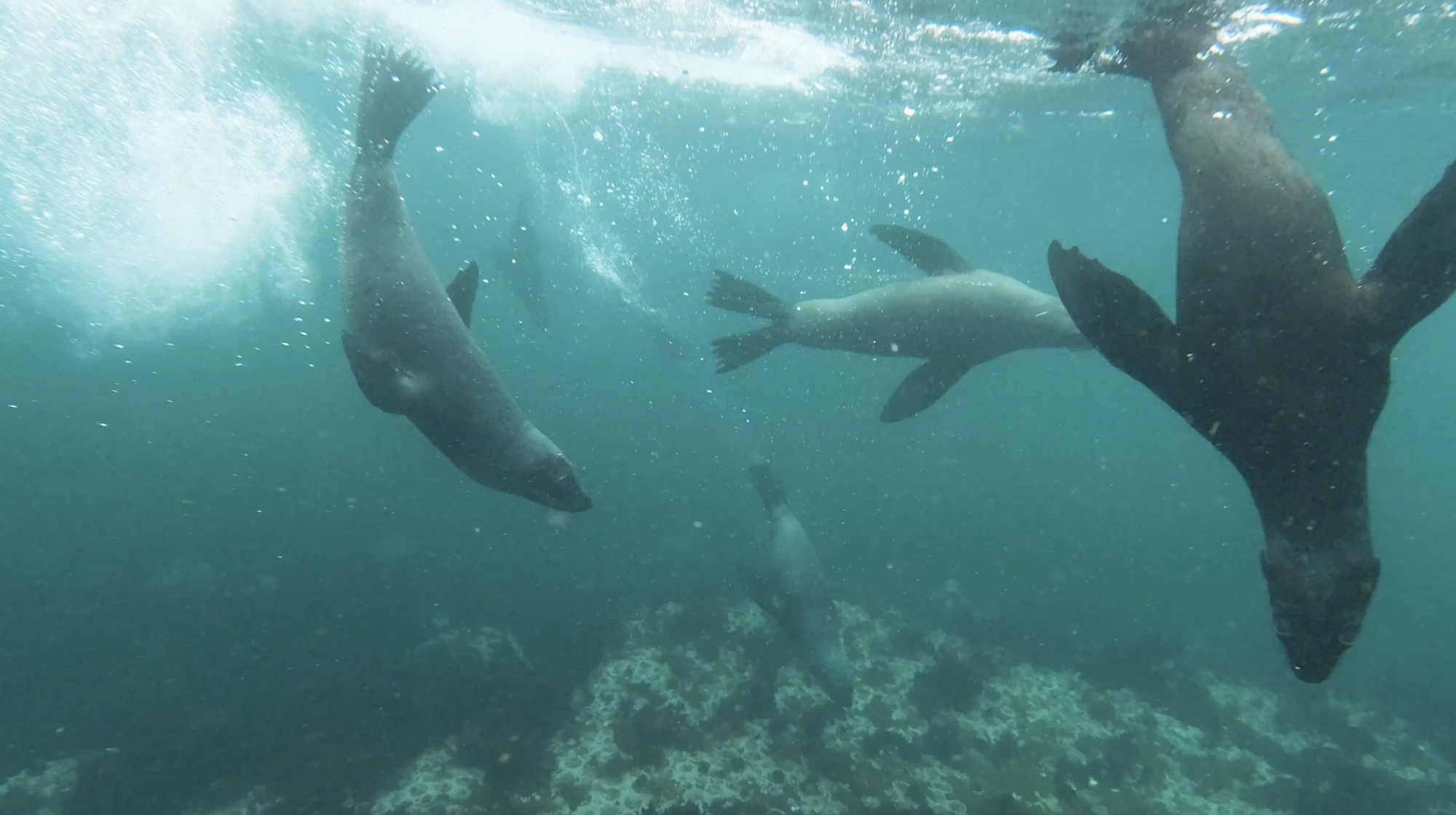
Exploring Harmony: Insights on Seadbed Impact
Exploring Harmony: Insights on Seadbed Impact
At SeaQurrent, environmental responsibility is at the heart of our innovation.
As we advance our technology, we remain committed to understanding its potential environmental impact and creating a net-positive impact. In addition to mitigating possible impacts, our ecological research is focused around hypotheses aimed at retiring risks, and gaining valuable insights into marine ecosystems, including seabed impact and wildlife interactions, particularly in the Wadden Sea, a UNESCO World Heritage site and Natura 2000 reserve, of which our test site covers a small part.

A Key Focus: Seabed Impact
A comprehensive study conducted by the University of Groningen (Dr. P. Boelen, Prof. Dr. E.J. Stamhuis, with contributions from F. Weiler MSc and Xiaoyin Fang MSc), combined flow channel testing with Computational Fluid Dynamics (CFD) analysis to assess the TidalKite’s impact on the seabed. The study demonstrates that the TidalKite has no impact on the seabed when a limited clearance is maintained between the device and the seabed.
As the TidalKite moves through the water, it temporarily creates vortices—small whirlpool-like currents—around its frame beams, which could potentially affect the seabed. The study shows that the force from these vortices is much weaker than the surface tension of the seabed, making it highly unlikely to disturb or displace seabed sediment or benthos. Even 25 cm below the kite, the force is 50 times weaker than what is needed to affect the seabed. This reinforces our approach: our underwater kite can effectively generate clean energy while preserving seabed integrity. For more details, we refer you to the publication of this research.
By prioritising sustainability, we’re committed to delivering clean energy while protecting the environment. Our ongoing research will continue to be aimed at confirming a responsible ecological tie-in and safeguard marine life for future generations.